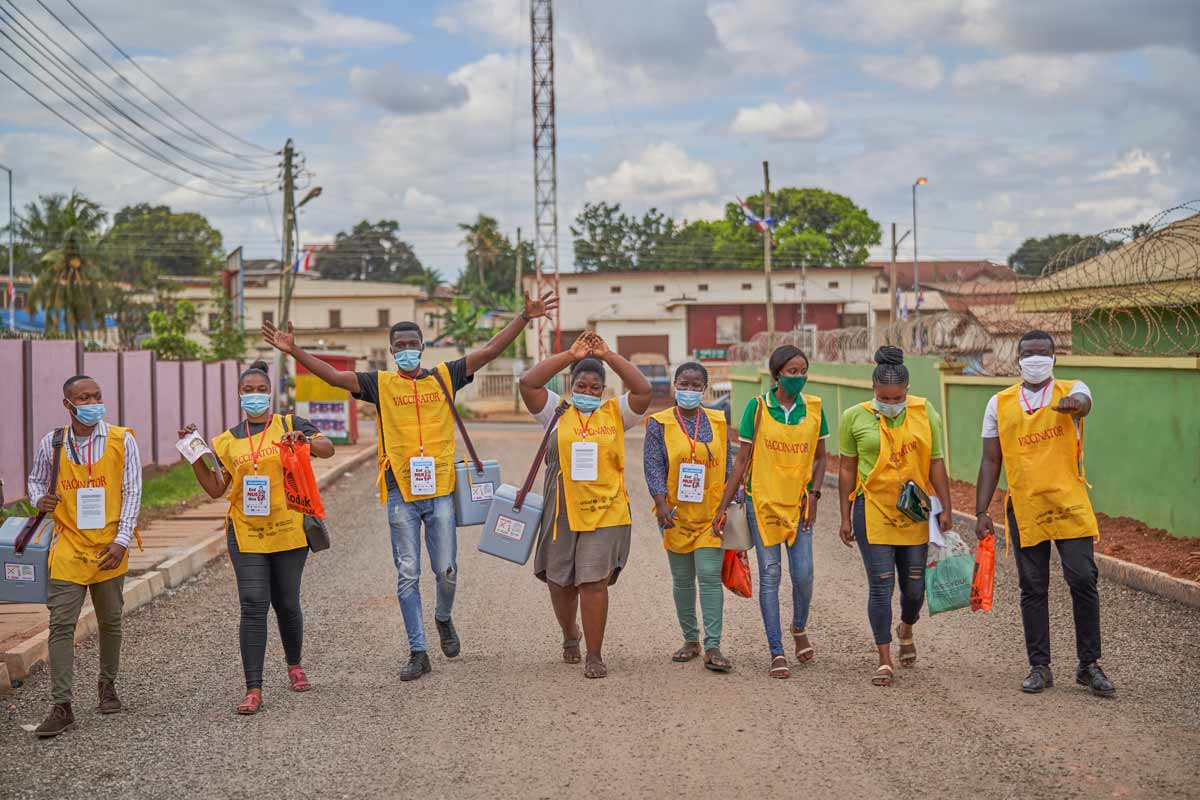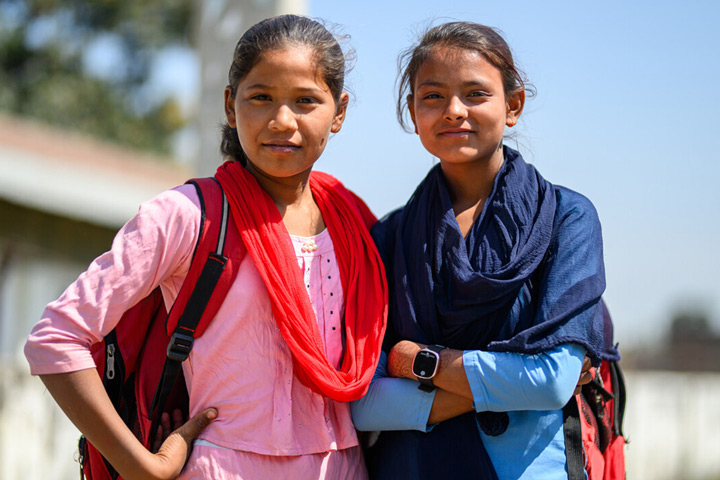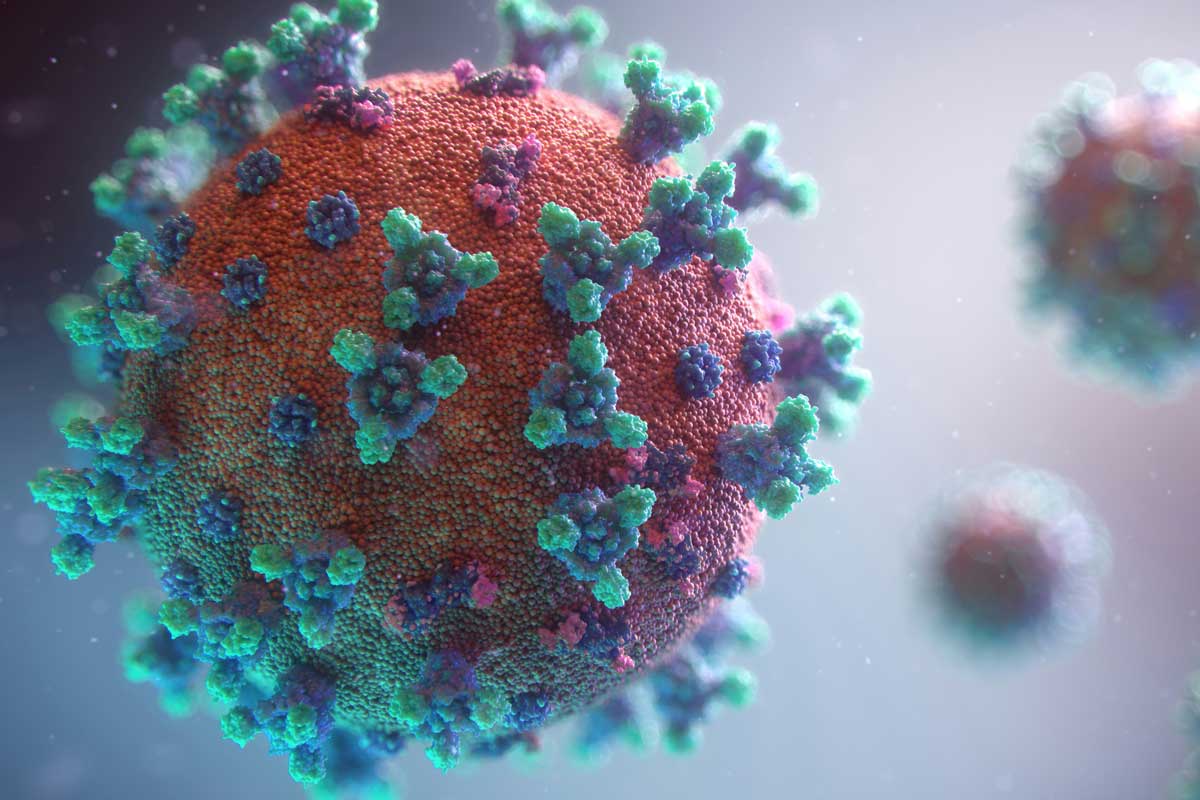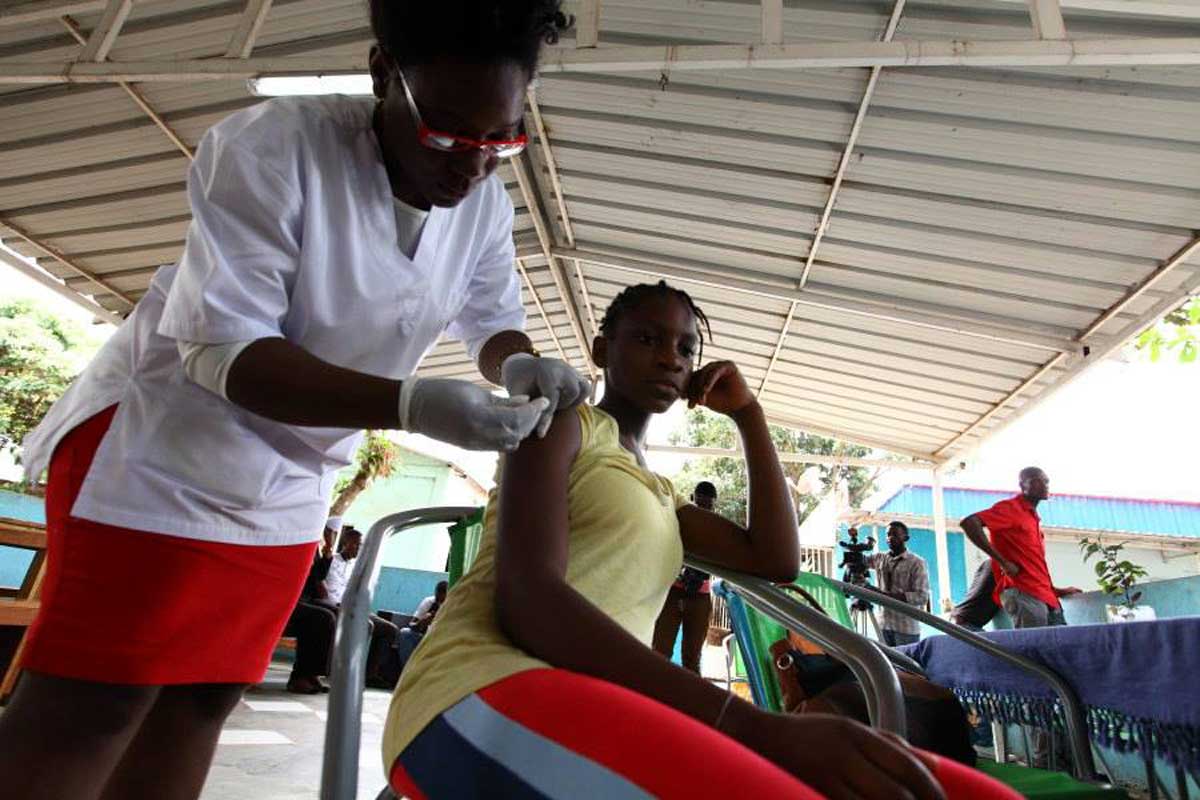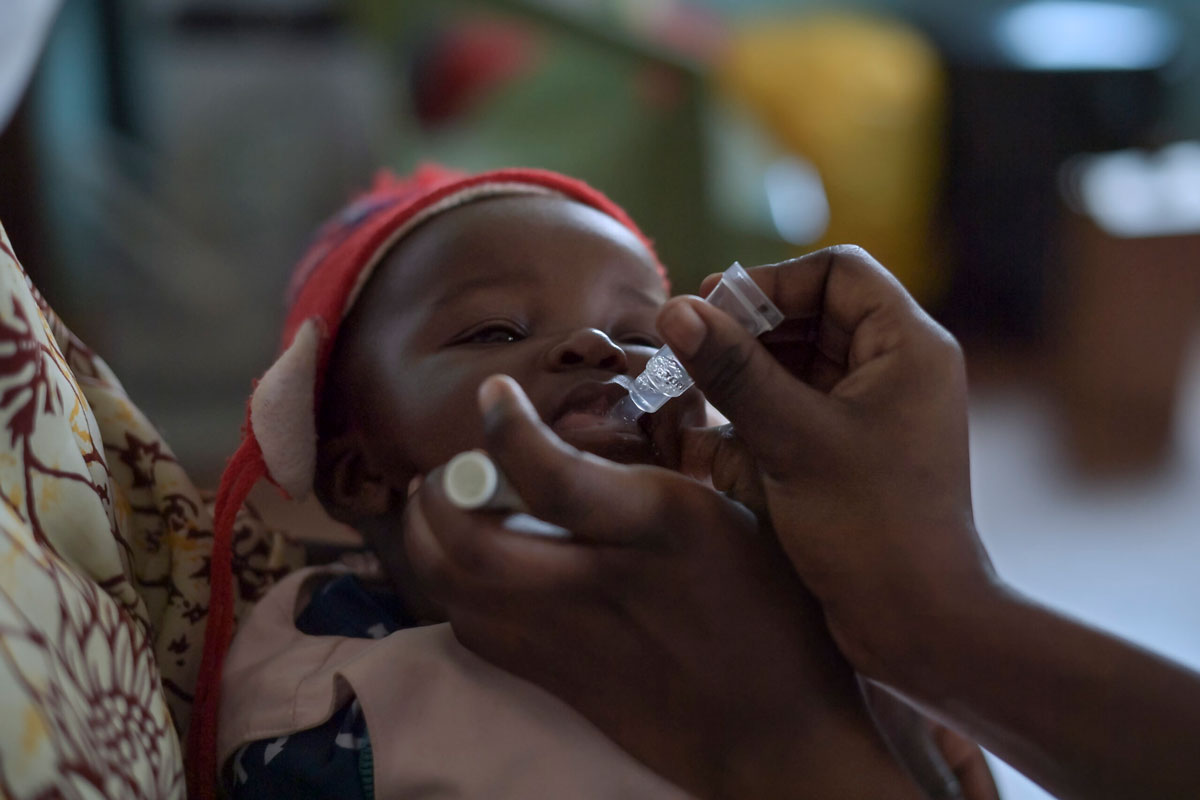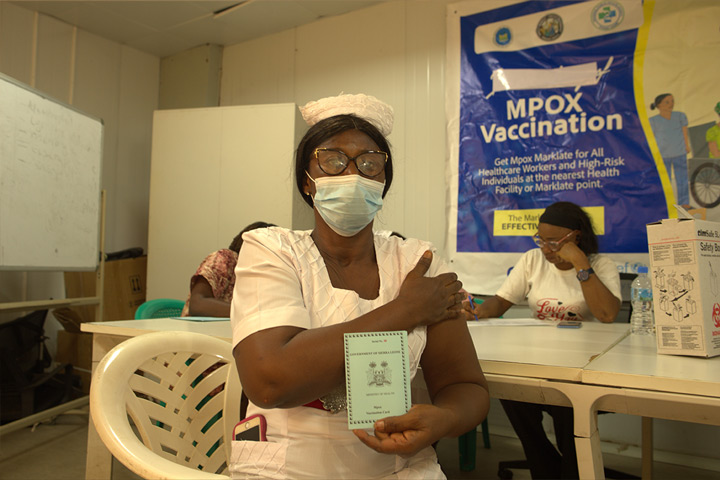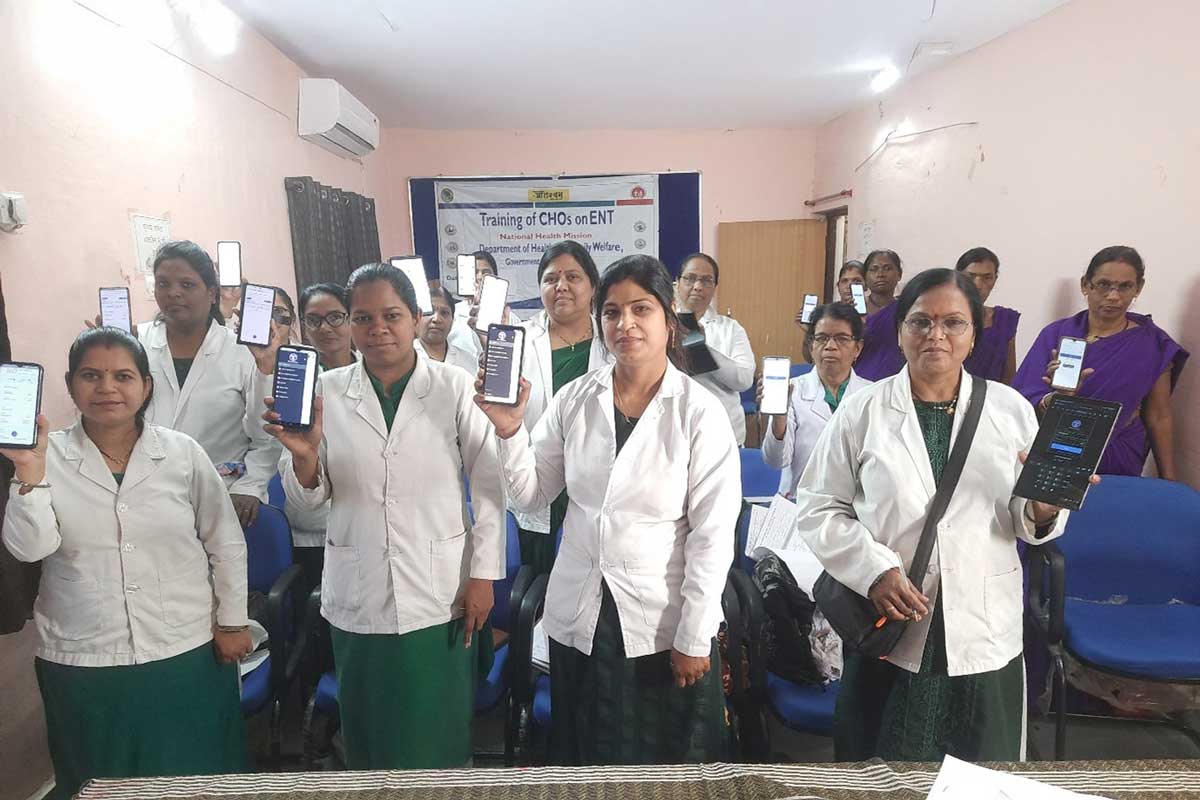A Long COVID test for kids may be possible with the discovery of a unique blood “fingerprint”
Scientists have found patterns of inflammation similar to those in adults with the condition.
- 31 January 2025
- 2 min read
- by Priya Joi
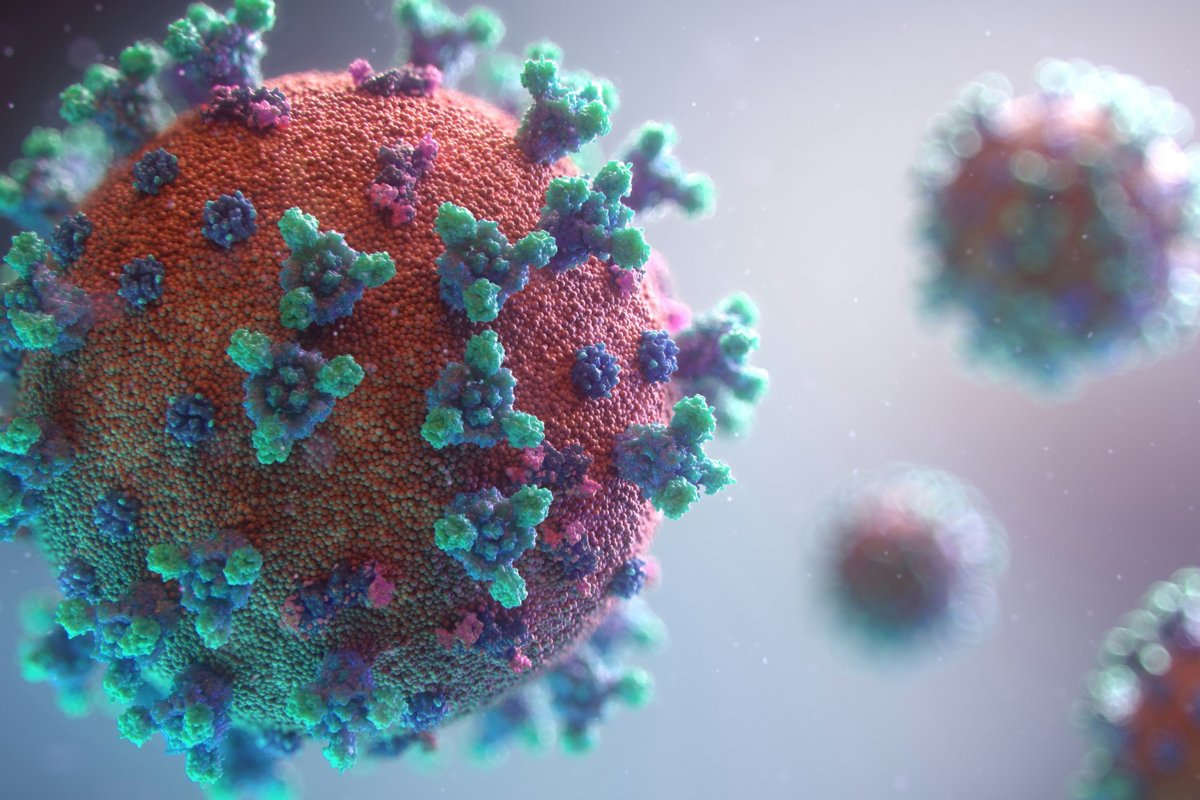
Researchers have uncovered a molecular signature in children’s blood that could change the way doctors diagnose and treat Long COVID in young people.
The lack of a definitive test to diagnose the condition in kids has long been frustrating, as the condition’s symptoms are so varied, and children can sometimes find it difficult to explain how they’re feeling.
In a study published in Pediatric Research, Danilo Buonsenso, a paediatrician at the Pediatric Infectious Diseases Operative Unit of the Fondazione Policlinico Gemelli IRCCS, Rome, Italy, and colleagues found that Long COVID in children shares similar inflammatory patterns to those found in adults.
Pattern recognition
The researchers were looking for patterns of inflammation that could be linked to Long COVID. Typically, when scientists undertake comparative testing, they compare a disease group with a ‘control’ group (i.e. people who aren’t sick). But inflammation is seen in many different situations, including in COVID-19 infection.
To be sure the molecular signature they found is specific to Long COVID, they compared the inflammatory markers in children with Long COVID against those with acute COVID-19, a group with other inflammatory complications, and a healthy control group.
They studied 112 children—34 children with Long COVID, 32 with active infections, 27 with multisystem inflammatory syndrome (MIS-C), and 19 healthy controls.
All children in the Long COVID group had symptoms persisting for at least eight weeks after initial infection, with impacts significant enough to disrupt daily activities.
Have you read?
The team found that eight specific inflammatory proteins were consistently elevated in children with Long COVID, including CXCL11, CXCL1, and CXCL8, which play crucial roles in inflammation and blood vessel formation.
This protein signature mirrors patterns previously seen in adult Long COVID patients, suggesting similar underlying disease mechanisms across ages.
Clues to potential diagnostics and treatments
The team created an AI model that was able to identify Long COVID with 93% accuracy. This could lead to the development of routine blood tests for diagnosing the condition in children.
The discovery of specific biological markers also gives researchers clues that could help develop targeted therapies for the condition.
They also found that kids with Long COVID had high levels of a protein called FGF21, which is involved in energy metabolism and muscle function. This aligns with studies in adults with Long COVID demonstrating that fatigue is linked to mitochondrial dysfunction.
The research team has already begun collecting follow-up samples to track how these blood markers might change as children recover, which could offer insights into the condition’s duration.
